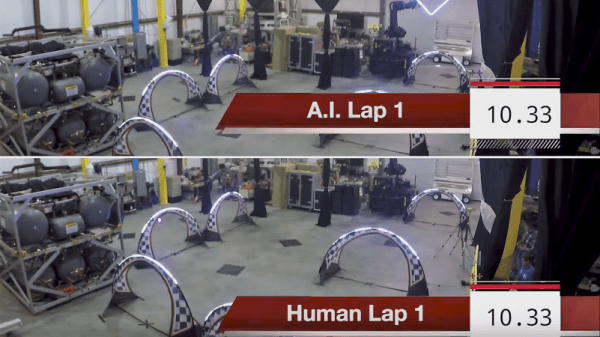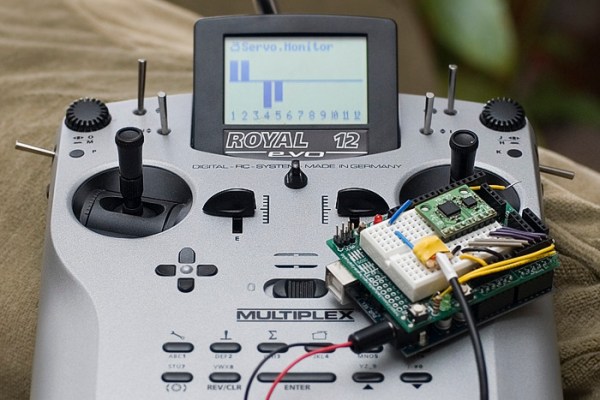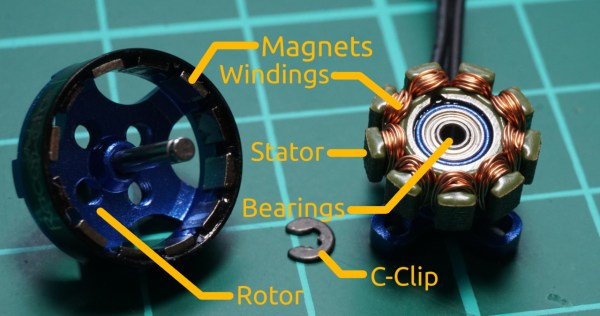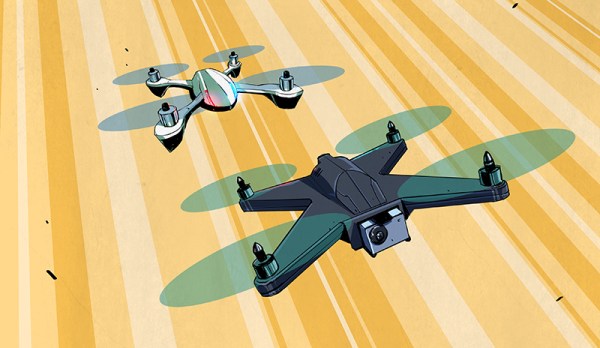We’ve brought you a variety of stories over the years covering the interface between multirotor fliers and the law, and looked at the credibility gap between some official incident reports and the capabilities of real drones. In the news this week is a proposed new law in front of the British House of Commons that would bring in a licensing scheme for machines weighing over 250 g, as well as new powers to seize drones. We’ve previously told you about the consultation that led up to it, and its original announcement.
As a British voter with some interest in the matter, I decided to write to my Member of Parliament about it, and since my letter says what I would have written to cover the story anyway it stands below in lieu of the normal Hackaday article format. If you are a British multirotor flier this is an issue you need to be aware of, and if you have any concerns you should consider raising them with your MP as well. Continue reading “The British Drone Law Reaches Parliament”

















